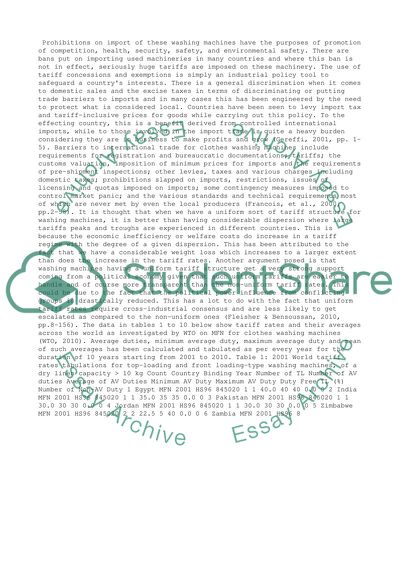Cite this document
(“World Industry. Trade Barriers as measured by the MFN (Most Favored Essay”, n.d.)
Retrieved from https://studentshare.org/business/1431280-industry-analyses
Retrieved from https://studentshare.org/business/1431280-industry-analyses
(World Industry. Trade Barriers As Measured by the MFN (Most Favored Essay)
https://studentshare.org/business/1431280-industry-analyses.
https://studentshare.org/business/1431280-industry-analyses.
“World Industry. Trade Barriers As Measured by the MFN (Most Favored Essay”, n.d. https://studentshare.org/business/1431280-industry-analyses.


